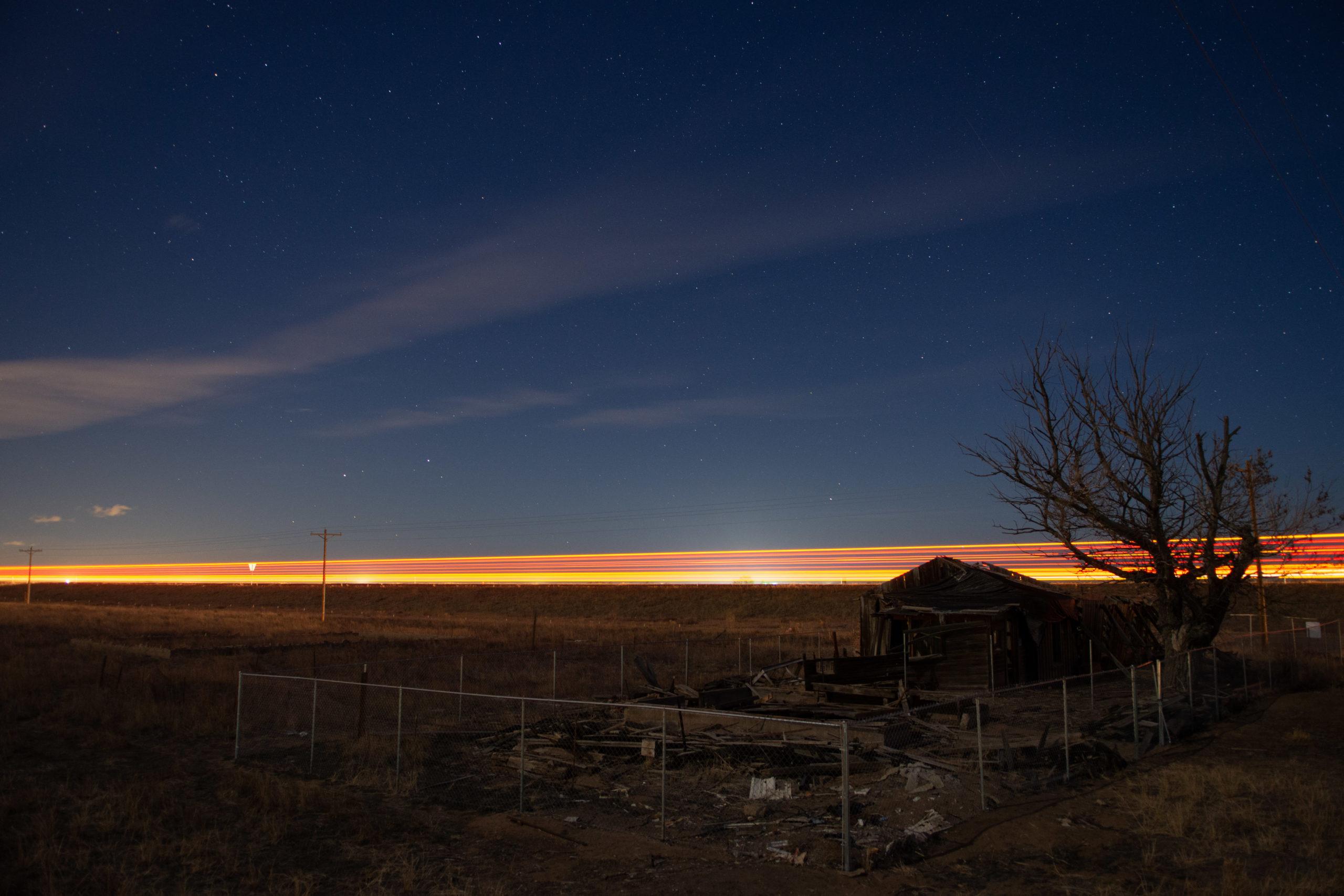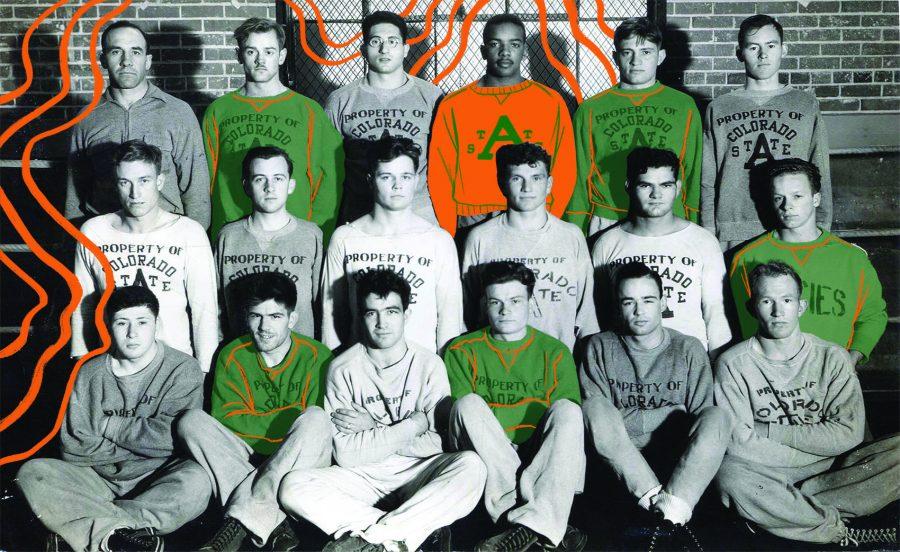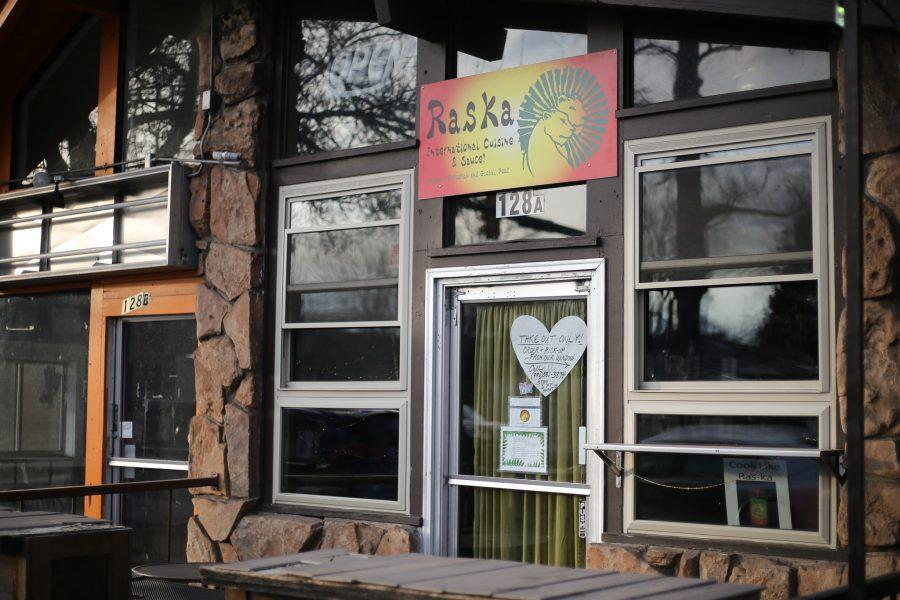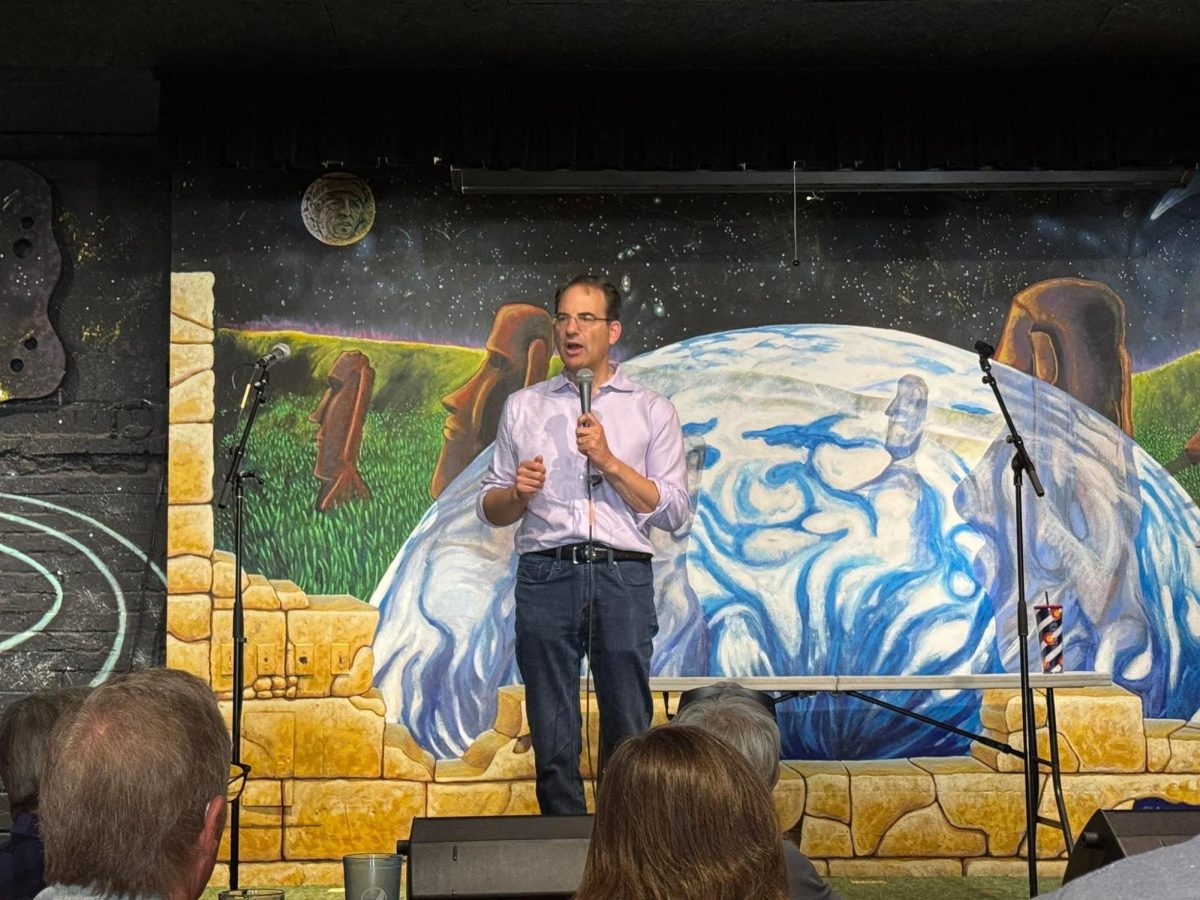
On the morning of Jan. 12, 1918, readers of The Denver Star, the city’s foremost Black newspaper, were greeted with something curious standing out among the various political commentaries.
“The town of Dearfield, Colorado,” reads an advertisement. “Now is the time to join the wave of Dearfield prosperity … a mighty good thing to do for our (Black) people.”

The ad was one of dozens crafted to convince Black citizens to join the rapidly growing agricultural colony of Dearfield, located west of Greeley, Colorado, a city on a rise to regional prosperity and national attention.
Though short-lived, Dearfield once delivered on its promises of becoming a “mighty” place for Colorado’s Black agricultural community — once the center of a bustling and committed community.
Now, decades after this chronically overlooked piece of Colorado’s Black history first began, the city’s history is finally, rightfully being explored, along with the stories of the families who brought this beacon of western Black prosperity to life.
(People) wanted to make opportunities for themselves and their families in a very fragile time in terms of intense laws and biases that were really holding them down.”-Robert Brunswig, archaeologist
Following the Emancipation Proclamation of 1863, thousands of formerly enslaved people seeking economic opportunity and escape from the South began moving west in hopes of acquiring land. Known as “Exodusters,” these thousands of migrant African Americans became the foundation of Black homesteading in the United States, according to PBS.
It was during this historic period that a fittingly historic figure and the founder of Dearfield, Oliver Toussaint Jackson, was raised.
According to Colorado Encyclopedia, Jackson, who went by O.T., was born in April of 1862. Raised in Ohio, he was the son of two parents who’d survived being enslaved themselves. Jackson moved west to Denver in his mid-20s.
He spent the next decades working in the restaurant industry, becoming an immensely successful entrepreneur and a prominent Black leader in the Denver metropolitan area.
By his forties, Jackson was known widely for his farm, for the numerous restaurants that he either owned or operated and for his local work as a political liaison.
But after years of witnessing lacking economic and social progress for Denver’s Black community, Jackson and his wife, Minerva, came to believe that African American agricultural expansion was the solution, according to Black Past.
This idea led Jackson and Minerva to craft their expansive plans to establish an agricultural colony for Colorado’s African American population, situated on the state’s vast and challenging High Plains. Soon after, Jackson sought sponsors for the plan.
Finding little support from local African American organizations and facing racial discrimination from the U.S. General Land Office, it wasn’t until 1910 that Jackson was able to persuade then-Gov. John F. Shafroth, whom he served as a messenger for, to support the plans.
That year, at long last, Jackson filed a homestead claim for 160 acres of land just east of Greeley.
Soon, the Jacksons were joined by others. Seven families moved to Dearfield in its first year of settlement, surviving a long and bitter winter in only two frame houses, tents and dugouts, according to the work of Professor George Junne at the University of Northern Colorado, a historian and expert on Dearfield.
Among those early stakeholders are recognizable names in Colorado history like Dr. Joseph H.P. Westbrook, the African American physician and Denver activist notorious for his work infiltrating and reporting on local Ku Klux Klan chapters.
In fact, it was Westbrook who gave the town its name, stating in an early planning meeting with the Jacksons that the fields of the community they sought “would be very dear to us,” and thus the name Dearfield was born.
By 1921, in the stretch of Colorado plains, where nothing more than bitter grassland existed a decade before, the town of Dearfield was thriving.”
Robert Brunswig, whose archaeological work focuses on Dearfield, described the town’s residents as a “mixed bag” of already successful Black entrepreneurs and those seeking new fortunes.
“A lot of people that came to Dearfield had nothing,” Brunswig said. “They wanted to make opportunities for themselves and their families in a very fragile time in terms of intense laws and biases that were really holding them down.”
By 1921, in the stretch of Colorado plains, where nothing more than bitter grassland existed a decade before, the town of Dearfield was thriving.
In little time, the town had quickly grown in local fame, especially among Denver’s Black community. It became a prime weekend getaway for those residing in the nearby cities, according to 5280 Magazine, in large part thanks to Jackson’s continuous advertising of the town’s vision.
“He was a businessman, he was a promoter,” Brunswig said. “That’s what he did.”

Advertising fliers crafted by Jackson and distributed widely in The Denver Star and Denver Statesman, another of Denver’s foremost Black newspapers, promised weekend visitors everything from rodeos and fishing locales to late-night dances in the Barn Pavilion.
And Jackson’s efforts paid off. According to Weld County’s history website and research conducted by the Black American West Museum and Heritage Center, a 1921 appraisal placed the value of Dearfield and its land, including its dozens of cabins, two churches and multiple businesses, at $1.075 million — worth nearly $16 million today.
Jackson’s vision of a prosperous Black homesteading community was a profound success.
But the post-war period weighed heavy on homesteading communities across the country, according to the National Parks Service. The value of crops tumbled, leaving hundreds of thousands of farmers unable to afford their own land.
In Dearfield, drought conditions worsened, water rights in the area grew scarce and the value of resident’s farms fell drastically. Soon after, many residents were forced to leave Dearfield behind, seeking work elsewhere.
After the previous 15 years of population growth, entrepreneurial success and community prosperity, Dearfield was in a decline it would never recover from.
Numerous attempts were made to market the town by Jackson, but his attempts were in vain. By 1925, fewer than a dozen residents remained in Dearfield, and soon after, much of the city was torn down for reuse of its lumber.
The Jacksons, eternally tenacious and refusing to abandon their home, remained in Dearfield for the remainder of their lives.
Today, only a fraction of the once-bustling town still stands, including the Jacksons’ home, but its unyielding history is still being uncovered thanks to the incredible preservation efforts of organizations like Denver’s Black American West Museum & Heritage Center as well as researchers and historians across the state.
Now, as the number of Black farmers continues to massively decline across the U.S. and the country reckons with a year of profound racial justice awakening, acknowledging the ignored history of Dearfield’s success couldn’t be more needed. And despite its quiet decline, the Black agricultural colony’s nationally discussed rise to fame, coupled with the prolific historic figures it hosted, makes clear just the kind of visionary place Dearfield was.
Sam Moccia can be reached at news@collegian.com or on Twitter @SamuelMoccia.











